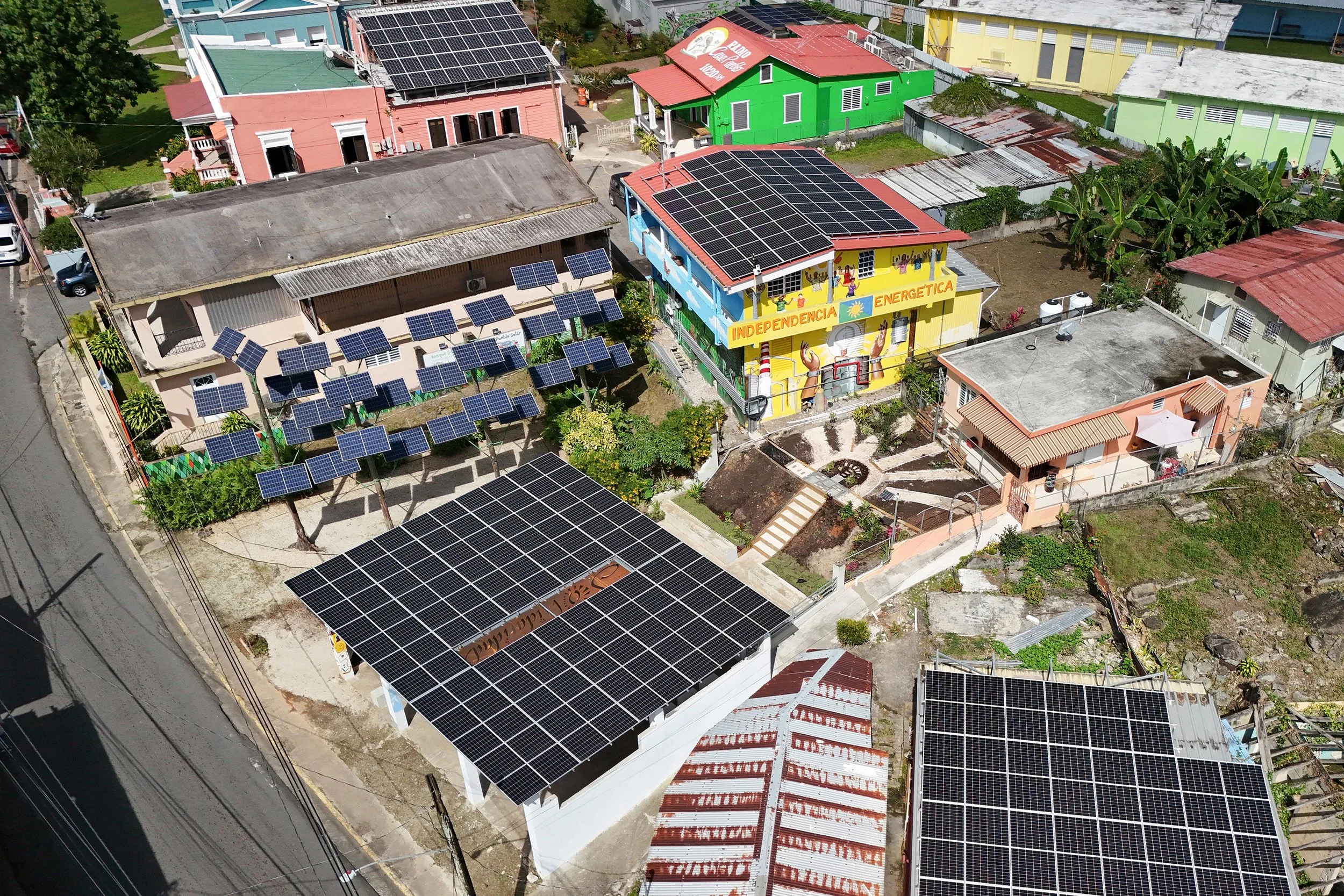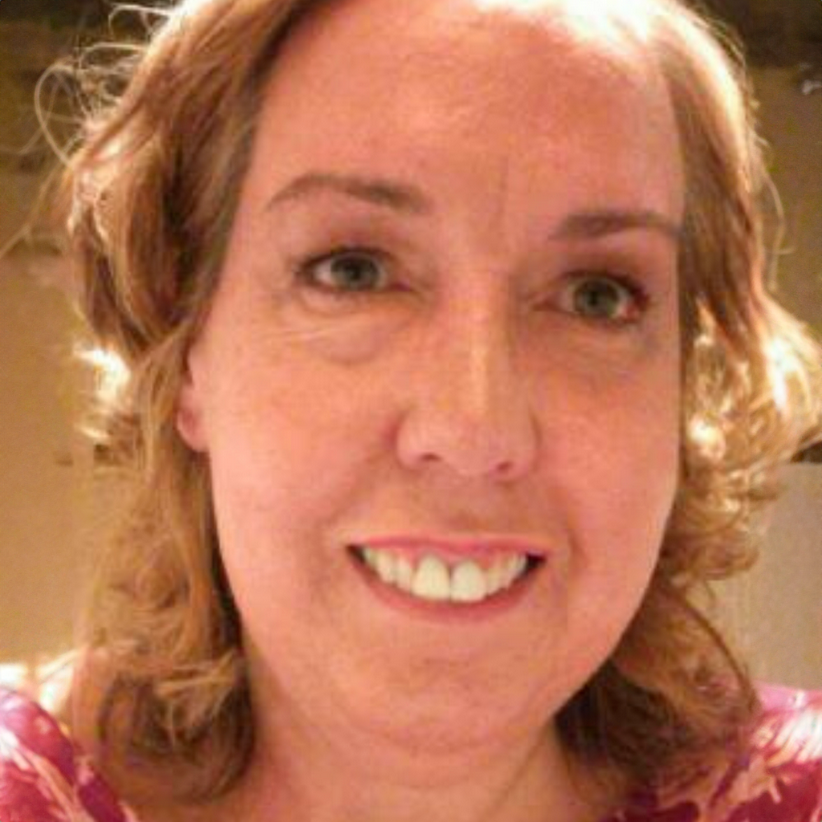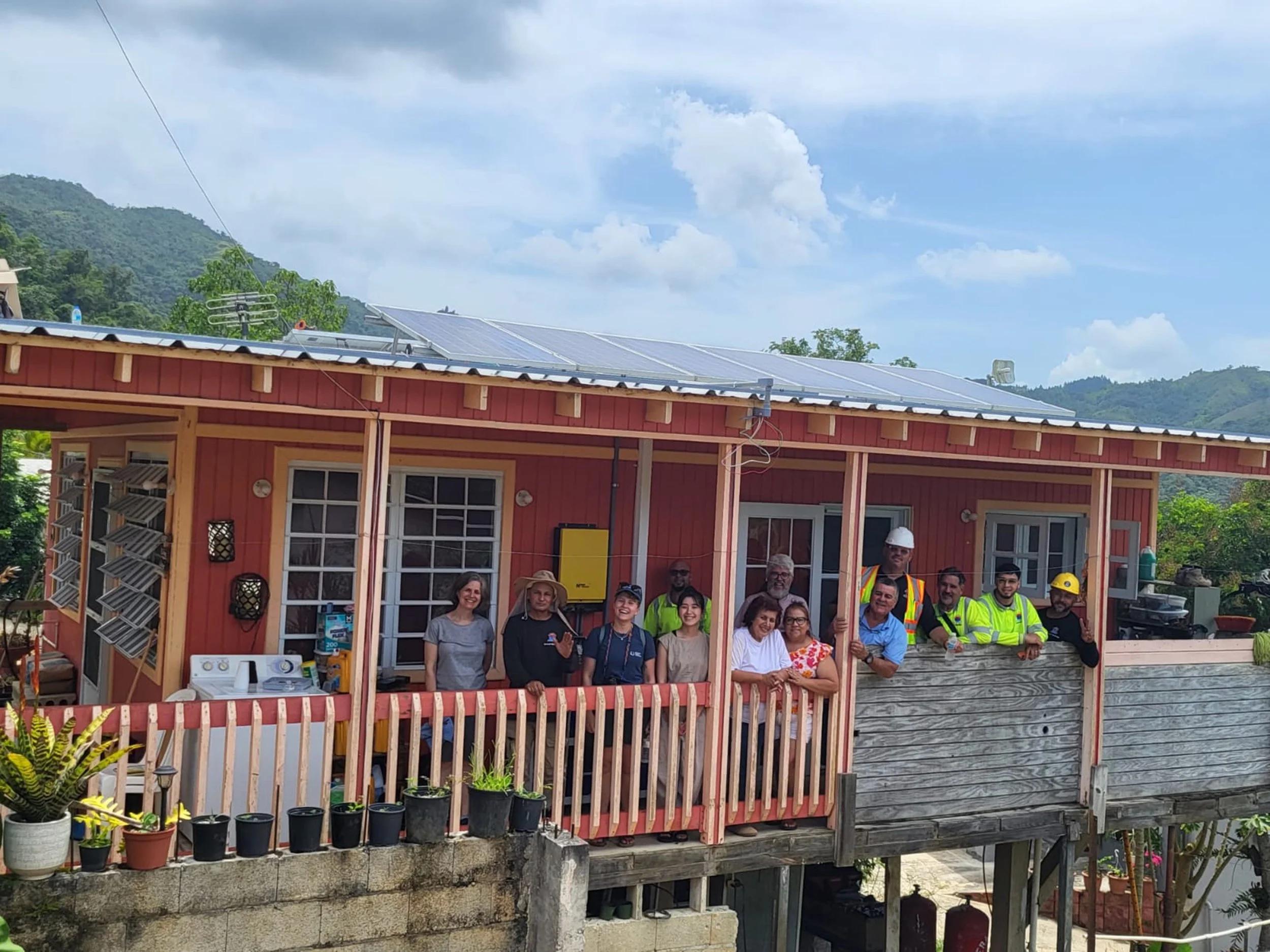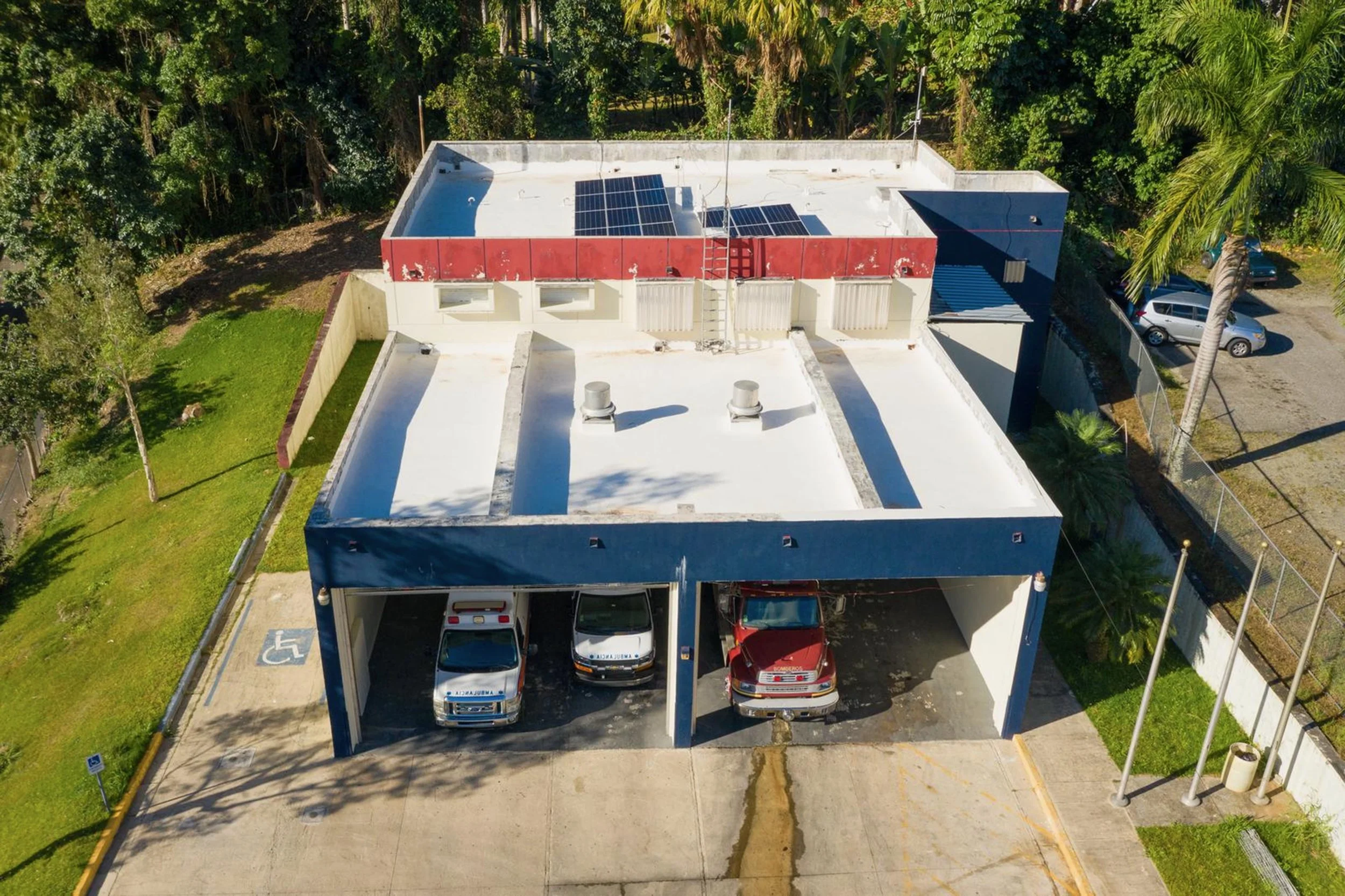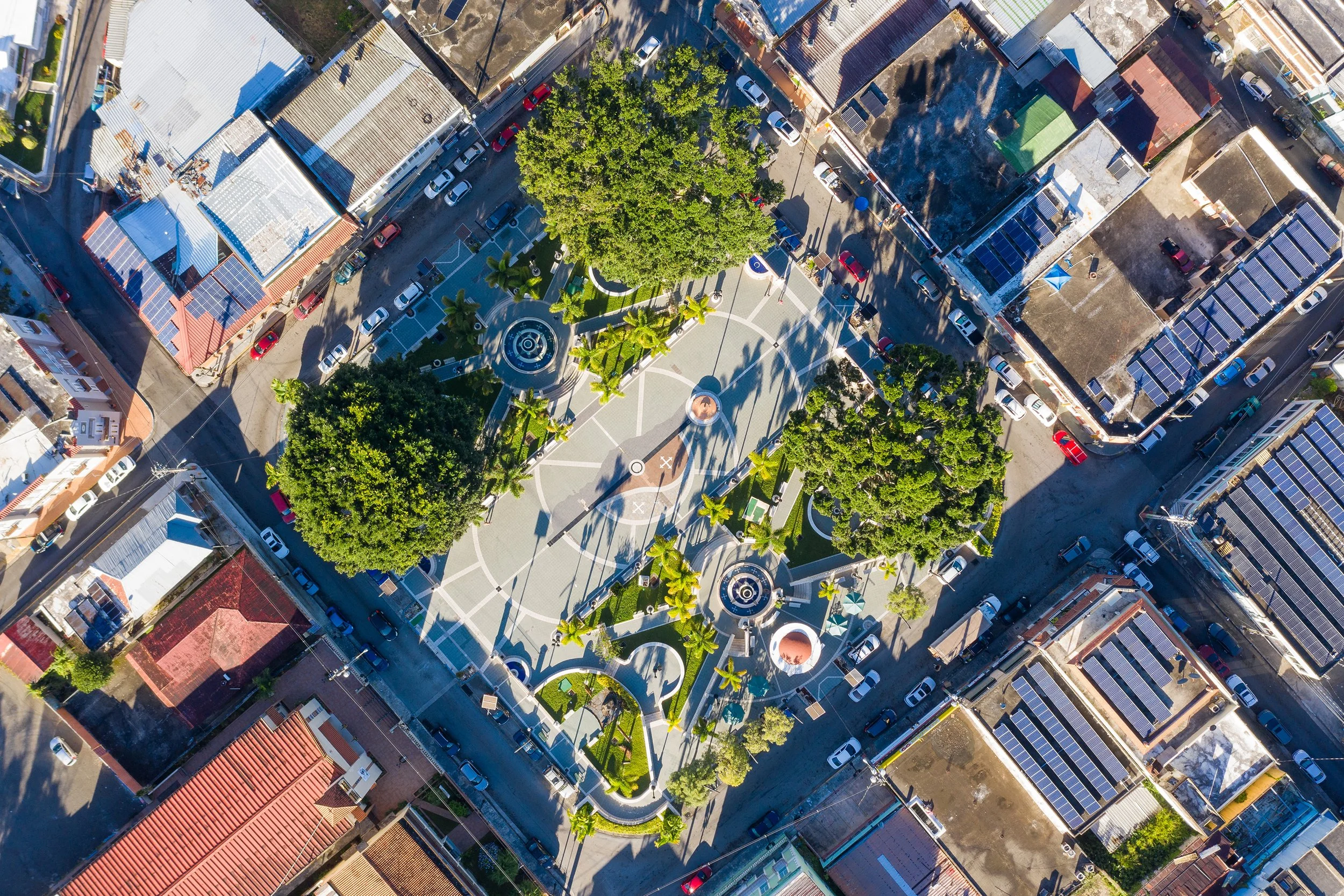Puerto Rico’s Climate Revolution: Taking Power Back From the Grid
Casa Pueblo has set an example for building energy independence for cities across the island. Photo courtesy of Casa Pueblo
As hurricanes intensify, the island’s push for energy independence could serve as a blueprint for vulnerable coastal communities everywhere.
In the small mountainside town of Adjuntas, Puerto Rico, a self-sustaining community is no longer waiting for government officials to offer protection during the hurricane season.
Solar panels top houses across the region, powering a school, a fire station, and homes for the elderly. On eight acres of farmland, a local organization roasts and sells coffee beans, houses artisan goods for sale, and hosts ecotourists throughout the year.
Casa Pueblo – a group trying to break the region’s reliance on the U.S. – is to thank for the community’s growing energy independence.
“We need collective salvation, and that model of dependency upon FEMA and the government is degenerating with time, but climate challenges are increasing the risk of potential consequences,” Arturo Massol-Deyá, the executive director of Casa Pueblo, told palabra.
It’s an undeniable fact that haunts many Puerto Ricans as the hurricane season rolls in: The frequency and intensity of major storms are increasing due to climate change, says Jorge E. González-Cruz, a professor of Atmospheric and Environmental Sciences at the University at Albany in New York.
Casa Pueblo staff, Mennonite Central Committee staff, and Sol de la Montaña staff come together to install solar panels at a family home in Adjuntas, Puerto Rico, May 2024. This partnership hopes to support solar projects that provide energy security to vulnerable island families. Photo courtesy of Casa Pueblo
This year’s predictions of above-normal hurricane activity in the Atlantic Basin are a grim reminder of the devastating storms that have left death and destruction in their path in seasons past. Hurricane María, the 2017 storm that led to more than 3,000 deaths in the region, was a wake-up call about the increasing impact of climate change and Puerto Rico’s ability to withstand it.
And in the years since, storm after storm has cost millions of dollars in infrastructure damage and more lives lost for residents to reckon with when the clouds depart.
The consequences of these storms have been magnified by Puerto Rico’s vulnerable power grid, which completely collapsed during María. Since then, island-wide blackouts have been a regular occurrence, even on days with sunny, clear skies.
These power outages threaten lives, putting critical services like health care and emergency response at risk.
This, combined with the uncertainty of FEMA funding and disaster relief under a Trump administration that has vowed to dismantle the agency, has Puerto Ricans on edge.
Casa Pueblo’s solar energy powers a fire station. Photo courtesy of Casa Pueblo
González-Cruz, who has spent years studying Puerto Rico’s electrical grid, says he’s seen major improvements in the grid’s reconstruction. However, if presented with another major storm – “God forbid,” he adds, and expects the recent work done to the grid will mitigate only some of the potential damage.
It’s unclear whether Puerto Rico’s current infrastructure is ready for the next storm, but residents aren’t waiting around to find out.
In Adjuntas, a growing chorus of residents has already found a savior in Casa Pueblo’s solar energy storage in past storms.
Their energy storage allowed patients in need to access urgent medical care, like dialysis, during extreme weather events. One firefighter told Massol-Deyá that Casa Pueblo’s energy allowed first responders to receive a call about a woman stuck in the floodwaters in the neighboring city of Ponce.
A working radio service or a solar-powered generator during a storm could be the difference between life and death.
“We have to keep pushing,” said Massol-Deyá. “We have to do more and keep helping more people, because it's not happening top down.”
The Adjuntas town square surrounded by buildings with solar panels installed by Casa Pueblo. Photo courtesy of Casa Pueblo
Fighting development
Casa Pueblo’s success has inspired other communities to take action.
On the southwestern side of the island in Cabo Rojo, the Institute for Socio-Ecological Research (ISER Caribe) has been hosting community conversations to establish a micro-grid of its own: “We know the importance of this type of infrastructure that is community-led for communities and managed and operated for communities,” institute co-founder Braulio Quintero tells palabra.
“We have to decentralize power – not just electrical power, but the decision-making power.”
The mission feels particularly urgent for a community facing massive change. The development of a 2,000-acre luxury resort residential area in Cabo Rojo has sparked protests and criticism about its threat to hundreds of acres of coastal forests and the species in them, the privatization of Puerto Rico’s beaches, and ongoing challenges against gentrification.
“There are impacts of coastal development and how it affects coastal ecosystems and marine ecosystems, yet we see a government that is not accepting the realities of climate change and is proposing ineffective measures that will likely put people … in danger,” Quintero said, referring to recently proposed legislation that would allow development closer to the island’s shores.
Marcha del Sol, organized by Casa Pueblo and other supporters, demanding energy independence in Adjuntas, 2019. Photo courtesy of Casa Pueblo
The climate consequences on populated, highly developed regions are well-researched. Studies have shown that urbanization exacerbates climate impacts like flooding, high winds, erosion, and surface runoff, and intensifies heat.
It’s a problem that residents in Santurce, an urban area right outside the capital city of San Juan, know well. It’s why the Coalition for the Restoration of Santurcean Ecosystems (CRES) is restoring the region’s native ecosystems.
Their area is one of the most populated in Puerto Rico, slathered in concrete and dotted with hotels. This high level of development puts the region at risk of climate impacts, but research shows that trees and vegetation can act as natural barriers to mitigate these damages.
Support the voices of independent journalists.
|
CRES executive director Yvette Núñez Sepúlveda brings thousands of volunteers and students each year to restore natural barriers by planting flora and fauna throughout the coastal city and educating the community about the native plants that can withstand major storms.
“It's already documented how the Caribbean is the first area in the world to receive the drastic change of the climate, and we are also experimenting, as the first to receive this impact, how we can manage and restore, and mitigate all these impacts,” she said.
Because of ongoing insecurity surrounding government funding for nonprofits, her team currently relies on donations and helping hands. But much like Casa Pueblo, financial sustainability is the next step toward building self-sufficiency.
Part of this natural restoration is about creating gardens and plant nurseries where residents can produce food. Puerto Rico imports up to 90% of its food, and Sepúlveda hopes residents can begin to break the cycle of reliance on outside sources.
“We believe in networks, human networks, human ecosystem networks. It's important for us to have these conversations – and not just in Puerto Rico,” Sepúlveda mentioned. “We are trying to build this kind of network, so we can share stories as Caribbeans and also share with other parts of the world how we can help each other.”
—
Kiara Alfonseca is a New York City-based digital reporter and producer. She was most recently a reporter and producer for ABC News covering race and culture, and previously a producer and contributing writer at HuffPost. She has written for NBC News Digital, ProPublica, and the City Newspaper in Rochester, N.Y. @angrykiara
Patricia Guadalupe, raised in Puerto Rico, is a bilingual multimedia journalist based in Washington, D.C., and is the co-managing editor of palabra. She has been covering the capital for both English- and Spanish-language media outlets since the mid-1990s and previously worked as a reporter in New York City. She’s been an editor at Hispanic Link News Service, a reporter at WTOP Radio (CBS Washington affiliate), a contributing reporter for CBS Radio network, and has written for NBC News.com and Latino Magazine, among others. She is a graduate of Michigan State University and has a Master’s degree from the Graduate School of Political Management at George Washington University. She is the former president of the Washington, D.C., chapter of NAHJ and is an adjunct professor at American University in the nation’s capital and the Washington semester program of Florida International University. @PatriciagDC

